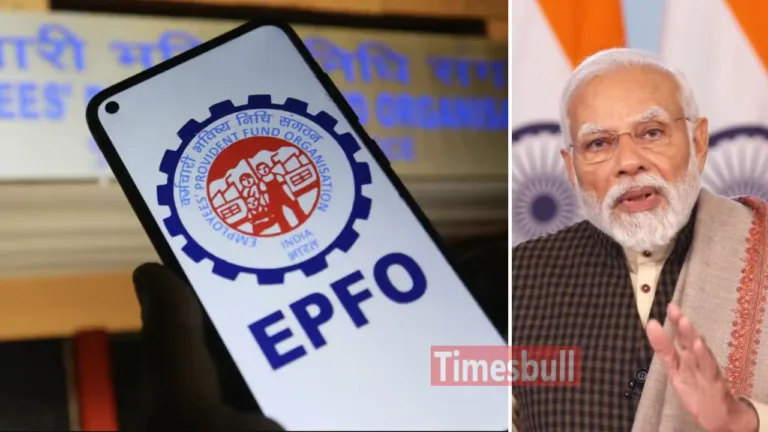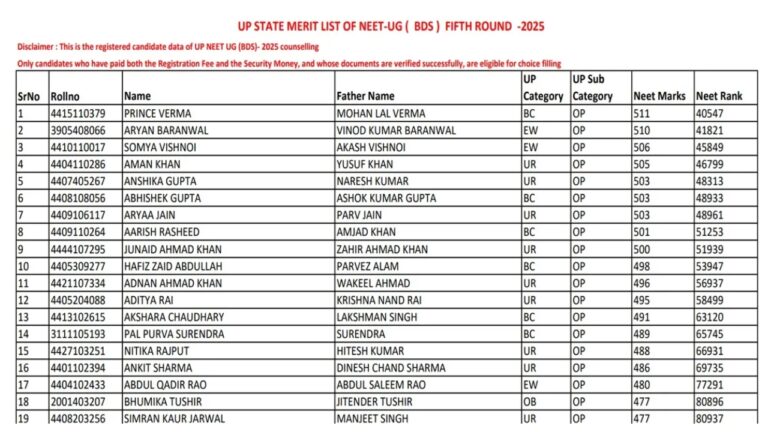EV Safety Ratings vs Real-World Crash Performance : The electric cars of tomorrow seem to set those good marks in India. It is more about never-ending-petrol-induced skyrocketing fuel prices and the advanced technologies by which fuels have been optimized. However, the one big question that has arisen in people’s minds about the huge consumption of EVs is whether EVs are safe. Safety ratings are given by rating agencies like Global NCAP and Bharat NCAP, but really, can these ratings determine how an EV would hold up in a real-world crash? Let’s find out what is important, safety ratings, or real crash performance.
What safety ratings measure is, in reality, laboratory-controlled crashes. These crashes go into front, side, rear impacts on the theoretical injuries that would result from hitting dummies as they then somehow make a simulation of the injury through these variables.
Only from that, it is possible to rate-at least in such a simple way-from 1 to 5 stars. The ultimate short car is the five-star car; it is the safest of all. Between models and with this into consideration, buyers can determine their choices. That, for example, Tata Nexon EV and MG ZS EV did tick relatively higher on official test score sheets hence believe in their reliability.
But a real-world collision does not follow the indoor patterns laid down in laboratories. They tend to have variations in speed and angle, often owing to certain situations which cannot even be replicated in crash labs-not to mention: road, weather, driver behavior, and proper maintenance-all of which are extremely critical. Even highly rated cars may not be able to stay alive in a collision because things do tend to differ from those expected in real life.
They are pretty much special safety issues with EVs. They have heavy, delicate battery packs, which are under the floor. The EV becomes stable at that time, but it’s sure a danger if during a crash, battery gets damaged. Very sophisticated EVs have installed very protective and safe-cut systems not to allow fires or shocks happen. That doesn’t address each real-life situation, though; that is where the gaps could be.
In this case should the buyer trust one over the other-lab ratings or real-world reports? The answer is yes for both. In fact, it would give a very fantastic idea on how a car would be designed towards protection. On the other end, the entire panorama comes from the performance of real-world accident reports along with customer experiences and post-accident support.
Conclusion
EVs are definitely going in a great direction in 2025. It would be wise to go with an EV of relatively better safety ratings, but it is not the time to relax. Behavioral aspects of real crashes, battery protection, and company support after accidents-is this how your EV will protect you against holdups on Indian roads? What matters more is that your car saves you from unexpected happenings that usually happen on Indian roads.










